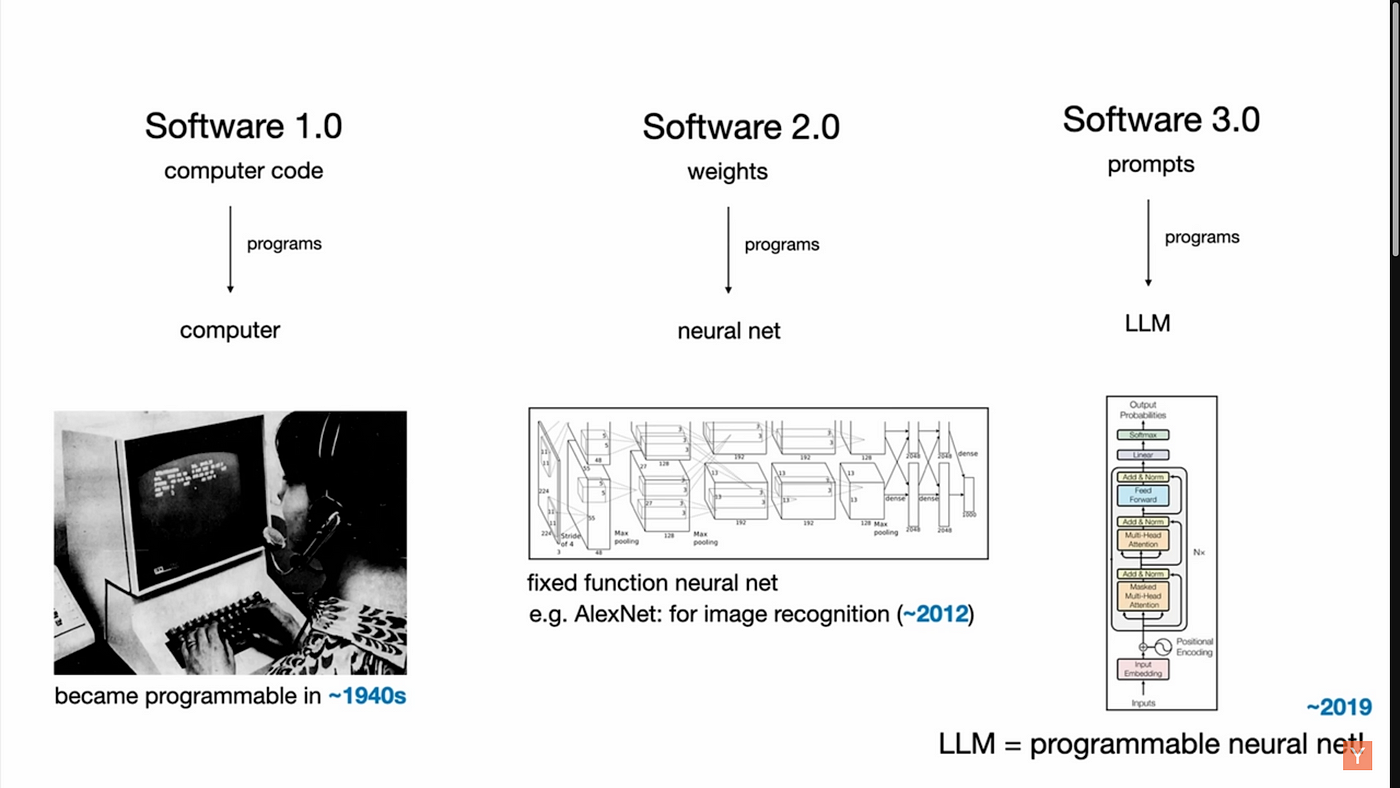
Understanding Software 3.0: A Dive into Andrej Karpathy's Vision
Andrej Karpathy's vision of Software 3.0 marks a groundbreaking change in software development. Moving beyond the explicit coding of Software 1.0 and the neural networks of Software 2.0, Software 3.0 introduces an exciting new paradigm, heavily influenced by artificial intelligence and natural language interfaces.
In Software 3.0, development is increasingly powered by AI-driven models that can comprehend and generate code from simple language prompts. This shift allows developers and users to interact with software in a more intuitive way, breaking down traditional barriers to programming. The flexibility of software infrastructure is also set to evolve, with AI systems managing the various layers of the software stack.
Karpathy emphasizes that the transition to Software 3.0 is transformative, suggesting that AI "eats through the stack," reshaping how we create, maintain, and evolve software. This new approach doesn't just streamline the development process; it also opens the door for continuous learning and rapid prototyping, making innovation in software more accessible to everyone.
The implications of Software 3.0 are profound. It aims to democratize software development, allowing more people to engage with technology without needing extensive coding knowledge. Ultimately, Software 3.0, as envisioned by Karpathy, leads us toward a future where intelligent, adaptable software is commonplace, fostering a user-friendly experience.
For those interested in the evolving landscape of technology, exploring Software 3.0 offers a glimpse into a world where artificial intelligence reshapes the very foundation of software development. Dive deeper into the topic through this article for a broader perspective.
